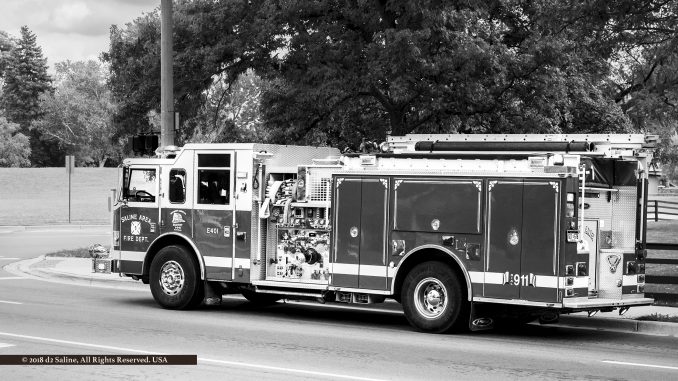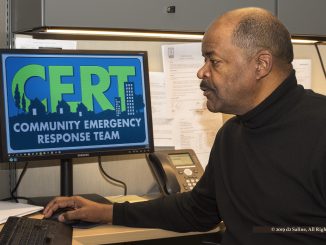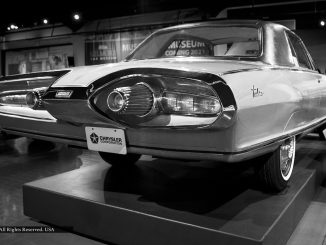
Prior to twenty years plus one day ago, reference to “911” evoked a very different sort of imagery. Popular Mechanics once suggested the opening credits of late-1980s television series Rescue 9-1-1 for reference. [1,2]
On September 10, 2001, 911 was a “modern emergency apparatus” that began to take hold throughout the United States in the 1970s — thanks to the foresight and infusion of financial backing from the Robert Wood Johnson Foundation. For people who were here, those were the days when 429 was the exchange for all numbers in Saline and 313 was still the area code. GTE was the captive service provider — for household landlines. [3,4]
It would not be until September 21, 1983, that the FCC would approve a Moterola model as first commercial portable cell phone. [5]
According to the National Fire Protection Association (NFPA), almost two hundred, seventy thousand calls were made to departments in the eighteen years that spanned 1983 to 2000. That number saw an eighty percent increase over the course of the eighteen years that began with 2002. [6]
On average, one hundred and eight firefighters lost their lives in the line-of-duty in the corresponding period prior to 2001, compared to seventy-seven after. [7]
On September 11, 2001, alone, three hundred and forty-four died at the World Trade Center. [8]
Thankfully, the September 2021 Fire Loss in the United States During 2020 report from NFPA is decades removed from such extremes — in almost every sense of the word. Among its key findings, it stated that “a fire department responded to a fire somewhere in the US every 23 seconds in 2020 …. [9]
The 2020 estimates of the number of fires were 40–64 percent lower than in 1980 for most of the major incident type categories ….
Less progress has been made in preventing deaths and injuries associated with reported fires. For overall home fires, the 2020 rate of 7.2 deaths per 1,000 reported home fires was almost identical to the rate of 7.1 in 1980. The rate for one- or two-family home fires was 16 percent higher than in 1980, while the rate for apartment fires was 43 percent lower ….
Regarding those dispatches, the National Center for Health Statistics estimated earlier this year that “More than one-half of adults were wireless-only (61.8%, 155 million); that is, they personally had a wireless telephone and lived in a household that did not have a landline.” That’s a far cry from state-of-the-art in tech, circa 1983. [10,11]
But from a general public safety and first-responder perspective, it would certainly appear that the center-point of attention has largely returned to the priority focus it otherwise held exactly twenty years plus one day ago — impressively, even more reliably so.
References
- “‘This is 9-1-1. What is your emergency?’: A history of raising alarm,” Timothy Winkle (February 15, 2018) Behring Center, National Museum of American History.
- “The Curious History of the 911 Emergency System” Ernie Smith (June 28, 2017) Popular Mechanics.
- Robert Wood Johnson Foundation (home page).
- “GTE” Verizon.
- “The first mobile phone call was placed 40 years ago today” (April 5, 2013) Fox News.
- “Fire department calls” (June 2021) National Fire Protection Association (NFPA).
- “Firefighter deaths” (June 2020) NFPA.
- “The firefighter everyone forgot about on 9/11” Xavier Jackson (July 13, 2021) Fire Rescue 1.
- Fire Loss in the United States During 2020, Marty Ahrens and Ben Evarts (September 2021) NFPA.
- “Wireless substitution: Early release of estimates from the National Health Interview Survey, January-June 2020” Stephen J Blumberg PhD and Julian V Luke (February 2021) National Center for Health Statistics.
- “9-1-1 Statistics” (February 2021) NENA: The 9-1-1 Association (National Emergency Number Association).



